Brumbaugh Scholars Receive Exceptional Learning Experience
October 13, 2022By Fatima Magana '22
ALLIANCE, OH- Each year, the University of Mount Union offers students in all majors the opportunity to participate in paid research at the Huston-Brumbaugh Nature Center through its Brumbaugh Scholars program.
With nine students participating and conducting their own research, the University had the largest group of students this summer in this student-led, one-on-one paid program.
Anthony Kemer ‘23, environmental science major and sustainability minor, looked at the ponds for his research study titled “Comparing the Effects of Aerators in the Huston-Brumbaugh Nature Center Ponds and Creating a Collection of Aquatic Insects for Use by the Nature Center.”
“There are two ponds at the Nature Center, one which has had an aerator (pumps air into the water to oxygenate it) for a few years now, the other one does not. Although recently an aerator was put into the pond to see the effect it has on it,” explained Kemer.
Following his observations at the Nature Center, Kemer concluded that aerators are effective not only for the ponds at the nature center, but for all aquatic life. “I created an aquatic insect collection from the ponds for the Nature Center to have for educational purposes,” further explained Kemer.
Cali Granger, horticulture and facility coordinator at the Nature Center, explained that she was delighted to have worked with Kemer because he was always willing to learn and had a positive attitude.
“The skills and knowledge Anthony gained can be applied in his aquatic ecology class that he is currently taking in addition to help solidify his aspirations in working in environmental studies and the aquatic field,” stated Granger.
Granger believes that Kemer’s research is ongoing because he can continue collecting data in the upcoming year to monitor the changes in the ponds.
Cheyenne Brammer ‘23, geology major and astronomy, earth science, and physics triple minor, looked at astrophotography and light pollution at the Nature Center.
“My research title is Astronomy at the Huston-Brumbaugh Nature Center, and I was to determine how an area, which used to be a gun range and that now is part of the nature center could be updated in order to improve astronomical observations for students and the public,” said Brammer.
In addition, Brammer looked at how light pollution affects photography for astronomical purposes and scientific observations. “Astrophotography is an important part of astronomy, which allows for observations to be shared and tracked,” stated Brammer. “If light pollution is present in images, then it will diminish the quality of observations.”
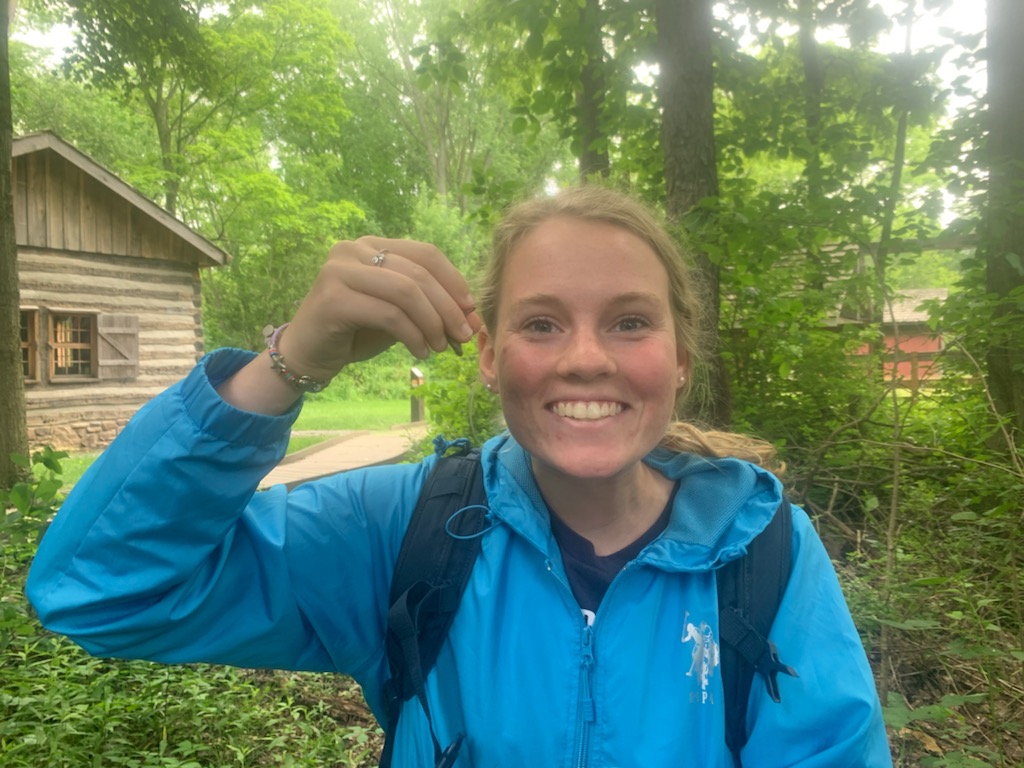
Lizzie Regovich '24, one of the Brumbaugh Scholars holds a worm as part of her research.
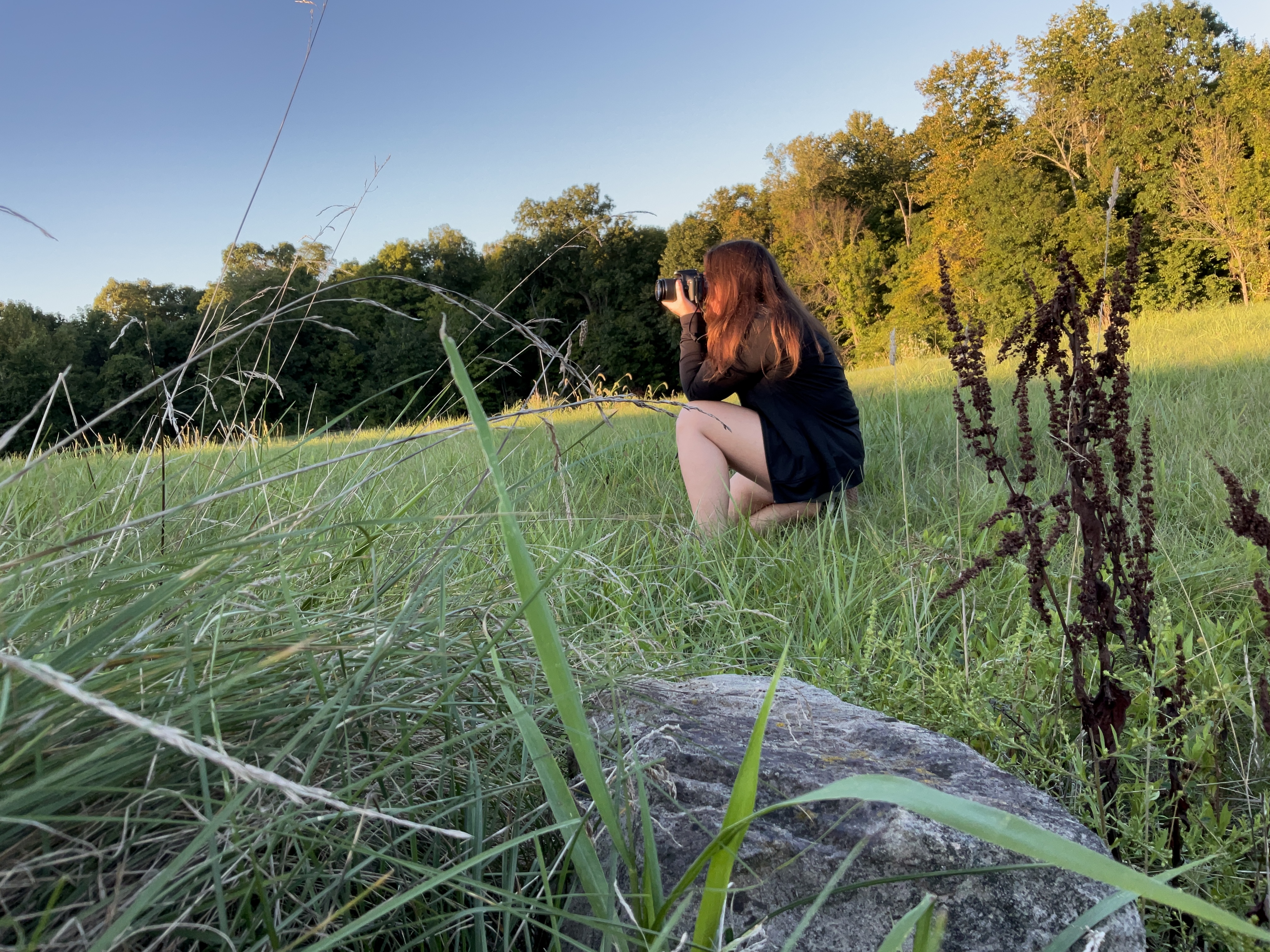
Chyenne Brammer '23, one of the Brumbaugh Scholars takes photos of the sky as part of her research.
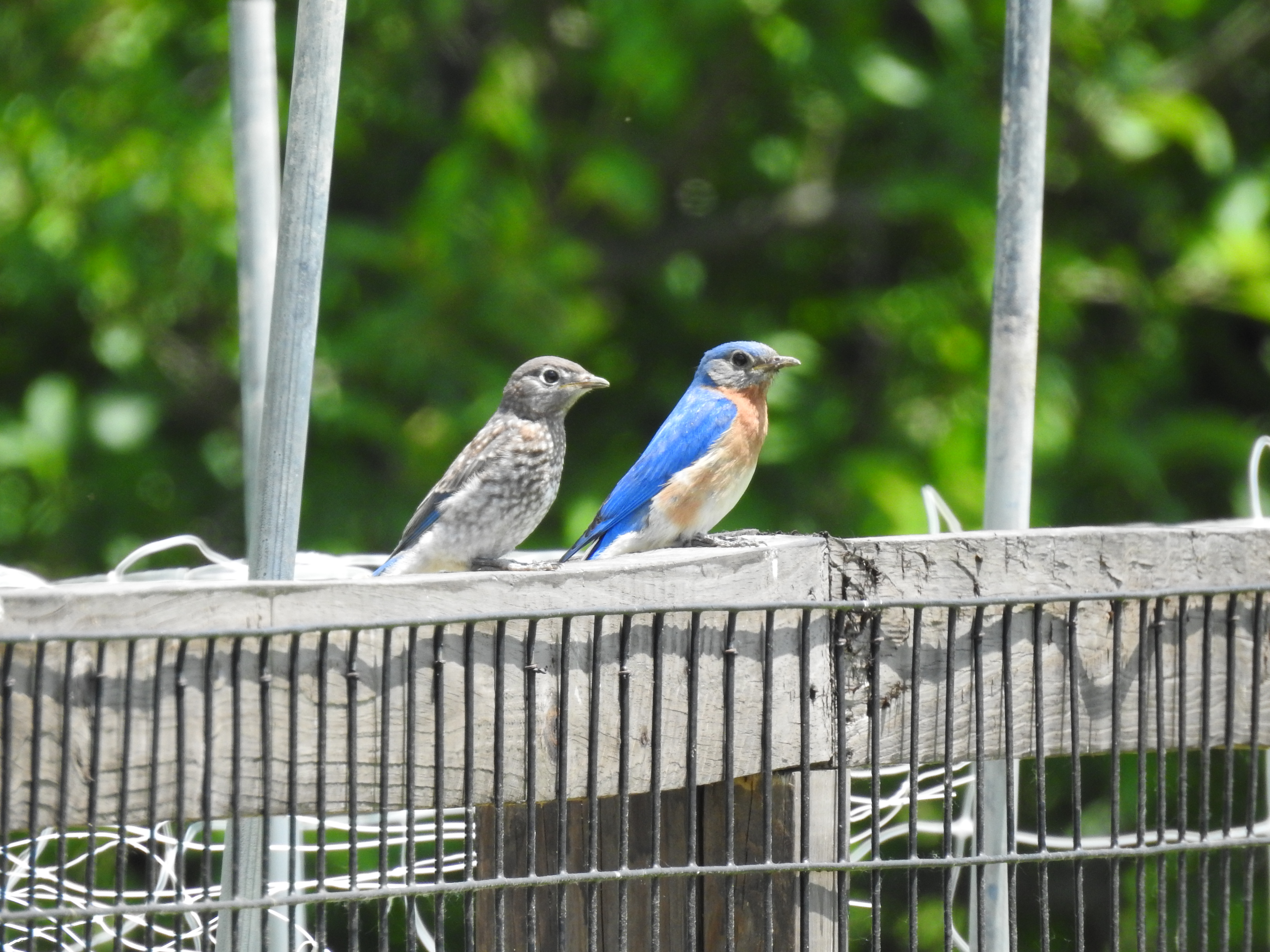
Ava Fornara '24 captures a couple of birds as part of her Brumbaugh Scholars research project
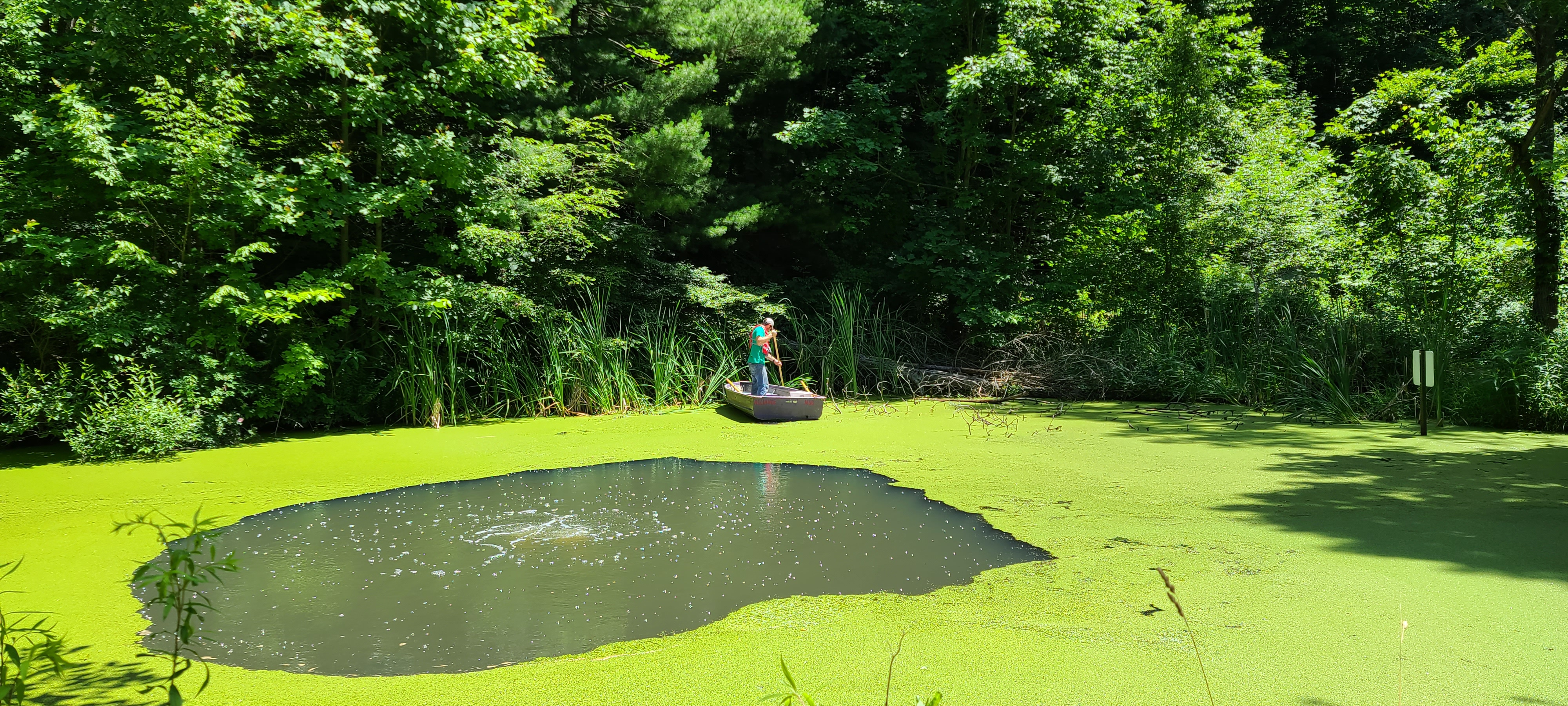
Anthony Kemer '23, one of the Brumbaugh Scholars cleans a pond.
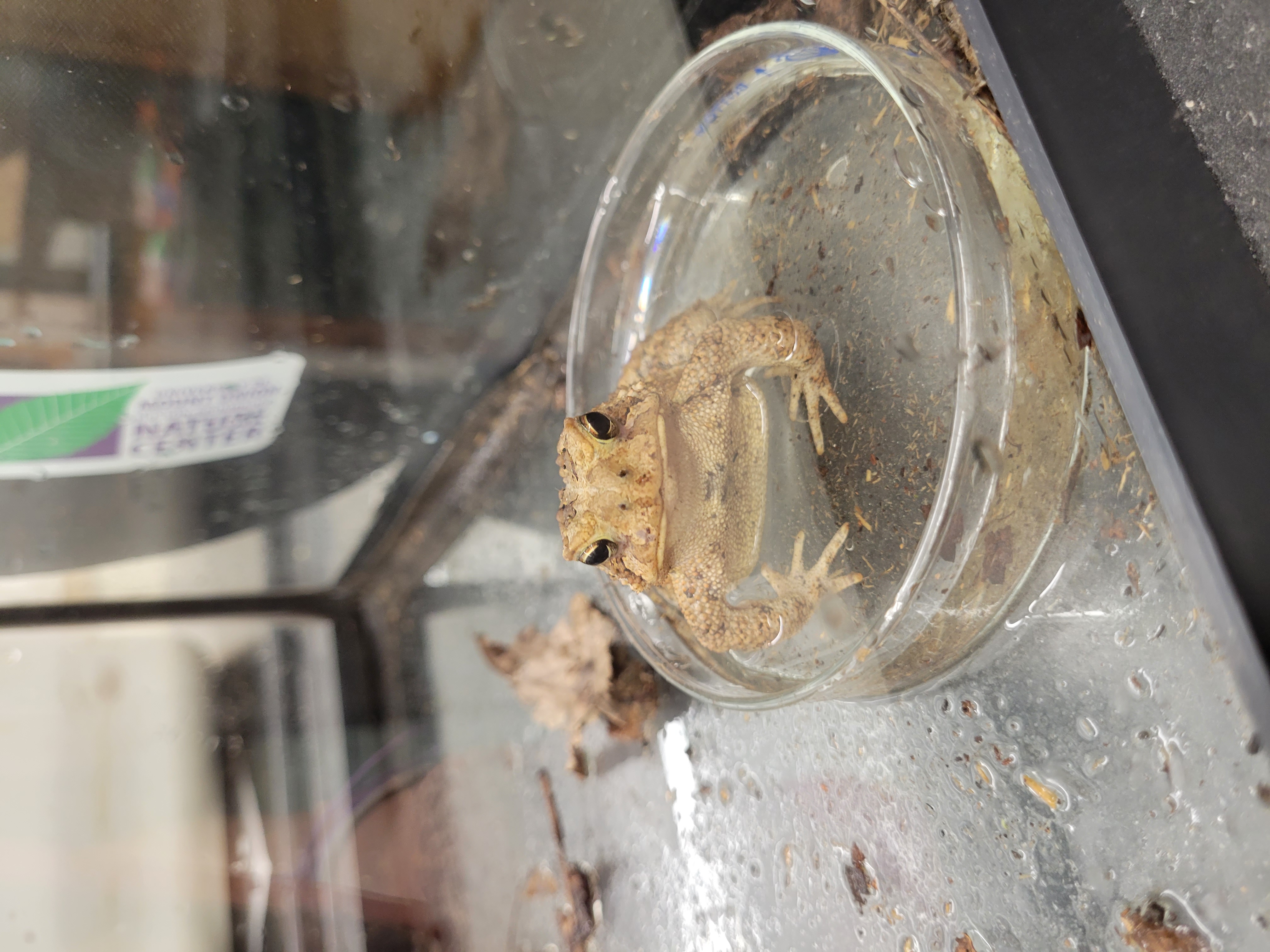
Regovich '24 captures a toad as part of her research.
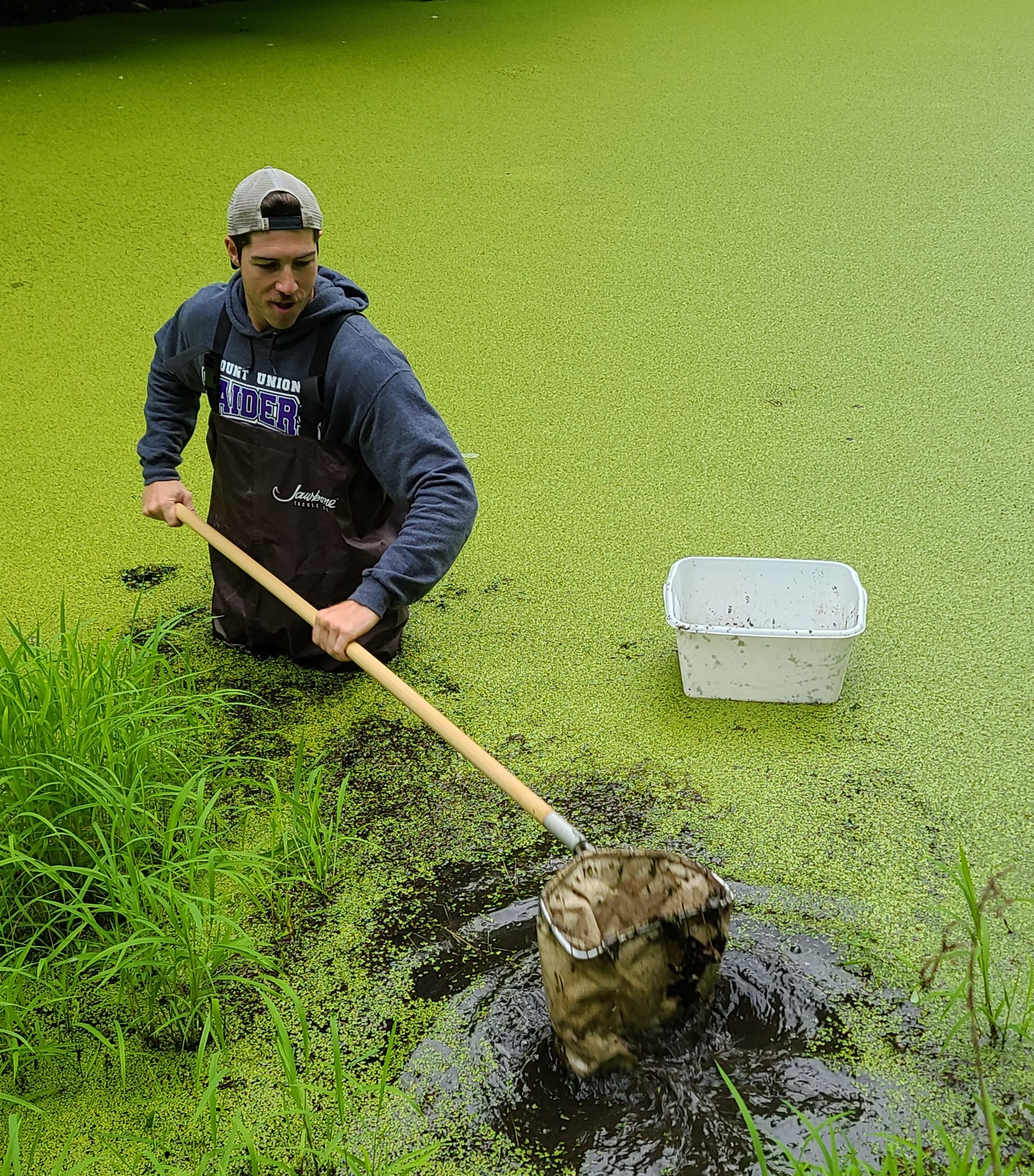
Kemer '23 dives into a pond as part of his research.
Ava Fornara ‘24, environmental science major, looked at different bird species living at the nature center in her research, “Bird Point Counts to Document Summer Biodiversity at the Huston-Brumbaugh Nature Center.”
Fornara studied the different species of birds that are using the Nature Center as their territory to determine how many birds are building nests and raising hatchlings there.
“I found over 60 species over the span of eight weeks,” said Fornara. “30 of these observed species were documented either tending to nests, feeding hatchlings, or being followed by fledglings, indicating that they found the nature center to be a suitable breeding ground.”
Adam Zorn, program manager at the Huston-Brumbaugh Nature Center worked with Fornara on her research as they have similar interests-- birds.
“I had a great experience as a mentor. Being paired with a student who has a project idea, and a lot of motivation makes the Scholars program a collaborative effort between the student and mentor,” stated Zorn.
Zorn exclaims he is most excited to see Fornara showcase the hard work and dedication put into her project at a university wide presentation.
Mason Conn ‘23, biology major and business management minor, studied Beech Leaf disease by comparing infected and non-infected leaves.
“Not much is known about the disease but what is known is that on the leaves a type of microscopic worm is often found,” explained Conn. “What I did is I took infected and non-infected leaves from various sites at the nature center, then I cut them into pieces and let them soak in water to get the nematodes present to come out since, like normal worms they will try to avoid getting wet.”
As Conn sent in his data to get DNA tested, his research is ongoing.
“Mason learned about setting up a research study and how to perform complicated skills such as DNA isolation, PCR, gel electrophoresis, and DNA purification from a gel,” explained Dr. Heather Milliken Mercer, instructor of biology. “I saw throughout the project, that his understanding of the techniques greatly expanded. Mason gained valuable research experience that will be useful to him in graduate school or a research position.”
Lizzie Regovich ‘24, environmental science major, and biology and sustainability double minor studied the occurrence of Asian Jumping Worms at the Nature Center.
“The goal of my project was to identify an invasive worm species and their current range and impact on natural and artificial communities,” explained Regovich.
To document the progress of her research, Regovich caught live samples of worms to observe their characteristics and conduct live feeding trials to prevent these species from harming forests.
To learn more about these scholars’ projects, make sure to attend the Brumbaugh Scholars presentation on October 23.